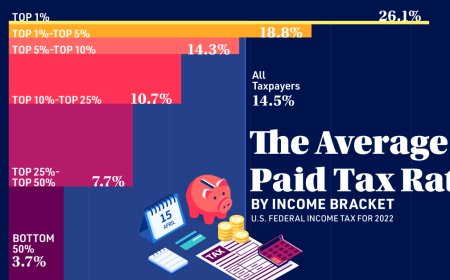Crypto Scam Recovery Services – Legit or Fake?
Curious about crypto scam recovery services? Learn how to spot legit options vs. frauds, and what to do if you've lost funds to a cryptocurrency scam.

Crypto keeps building FinTech, and with rapid evolution, the opportunity for a scam has arisen. Scams have ranged widely from phishing schemes to fake crypto apps, which prey on both new and old users. Knowing how these scams work is important for protecting your crypto assets.
The Rise of Crypto Scams in a Decentralized World
With blockchain technology's decentralized nature, intermediaries are removed; in contrast, this safeguards privacy but also limits recourse to recovering stolen funds. Scammers use platforms all over web3, social media, and even fake wallet applications to manufacture traps for investors. The wider the sphere of adoption of cryptocurrency, the wider the methods of cryptocurrency fraud.
Common Crypto Scams to Watch Out For
Here are some common crypto scam types to identify before investing or using any wallets:
1. Phishing Scams
Most encountered among a lot of these scams. Scammers would create fake login pages or simply fake emails, posing as wallet providers or exchanges. They intend to lure users to give away private keys or credentials.
2. Fake Crypto Apps
These apps try to appear as genuine crypto wallets or exchanges, and their purpose is to steal user information or send your coins to hacker-controlled addresses. A large number of such apps go through app store reviews because they have been inflated with fake user ratings.
3. Crypto Ponzi Schemes
These schemes promise large profits from a nonexistent operation. New investors are paid machinations of returns from others. As soon as recruitment slows, the scheme falls apart. Outlandish returns on investments are the hangout of the greedy, coupled often with false accolades such as backing from J.P. Morgan.
4. Scam Tokens and Pump-and-Dump Projects
These tokens are launched so hackers may profit from hype. When the price surges through manufactured demand, insiders dump with their holdings. Late investors are stuck with worthless tokens. Usually, this scam is coupled with fake websites, manipulated price charts, or vague roadmaps.
5. Romance and Pig Butchering Scams
Scammers build trust slowly through social networks or dating platforms, and then reveal the crypto opportunity. Victims are slowly coaxed into making progressively larger transfers to wallets controlled by the scammer.
Red Flags to Avoid Getting Scammed
- Promises of guaranteed returns
- Pressure to act quickly or "limited-time offers"
- Lack of transparent company info
- Requests for your private key or seed phrase
- Unverified endorsements from celebrities or firms
How Scammers Are Evolving in 2025?
With DeFi and NFTs in the limelight, crypto scammers are designing malware to infect airdrops, smart contracts, and browser wallets. More false mining investment platforms and ICOs with plagiarized whitepapers are flooding the market.
Some are now using ransomware, SIM swap scams, and employment scams, which mimic job offers that lead to phishing attempts. Others exploit malware to take over devices and access crypto holdings directly.
What To Do If You Get Scammed?
- Act Fast Report the scam to your wallet provider or exchange.
- Revoke Access Use tools like blockchain explorers to revoke malicious smart contract permissions.
- File a Complaint Submit a report to authorities, such as the Federal Trade Commission (FTC) or your local cybercrime unit.
- Notify Your Network Inform contacts if your social media or email was used in the scam to prevent more victims.
How to Stay Safe in the Crypto Space?
- Use hardware wallets or trusted apps like Ledger, Coinbase Wallet, or MetaMask.
- Double-check website URLs and app developers before installing.
- Avoid downloading apps from unofficial sources.
- Never share your private keys, seed phrases, or passwords.
- Research all investments through reputable sources.
Conclusion
Crypto offers financial freedom, but with it comes responsibility. Knowing how crypto scams work, recognizing phishing attacks, and avoiding fake crypto apps are essential steps in protecting your digital assets. While the blockchain is secure, it cannot protect users from human errors or deceit. Staying educated and alert is the best defense against evolving threats in the crypto ecosystem.





































